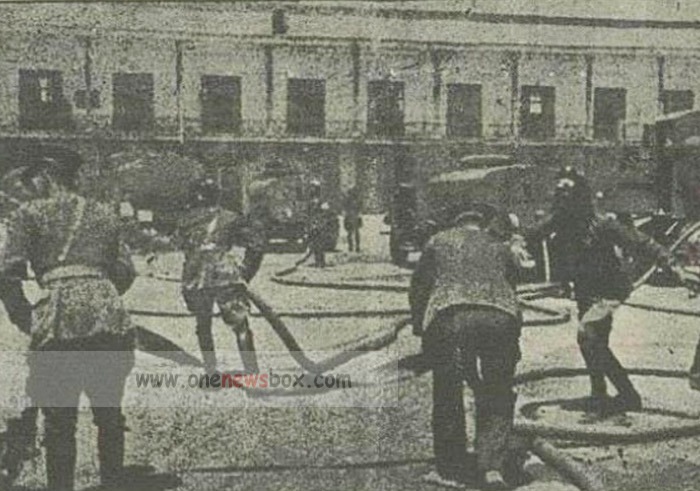The Infirmary Officer
One of the most striking features of the fire department, as described in the second part of the report, was the presence of an infirmary officer—a nurse assigned specifically to the unit.
This medic wore a white cap and a white cloth tied around his arm. He carried a handbag with bandages and ointments, ready to treat burns, cuts, or fractures. His presence underscored an important truth: firefighting was not only about battling flames but also about saving lives in the midst of chaos.
In a city where medical care was often scarce, the idea that a specialized nurse accompanied the firefighters was both reassuring and astonishing.
The Broader Context: Tehran in the 1930s
To appreciate the significance of these first firefighters, one must imagine Tehran of the 1930s. The city was undergoing rapid transformation. Reza Shah’s government was enforcing European-style uniforms, banning the traditional veil for women, and constructing wide boulevards. Yet many neighborhoods still looked as they had for centuries: narrow lanes, mud-brick homes, and wooden roofs vulnerable to fire.
The bazaars were packed with fabrics, oils, spices, and timber—perfect fuel for any spark. Kerosene lamps and coal stoves, used in almost every household, were constant hazards. Fires could sweep through entire quarters in a single night. The need for a professional firefighting force was not merely modern vanity—it was survival.

